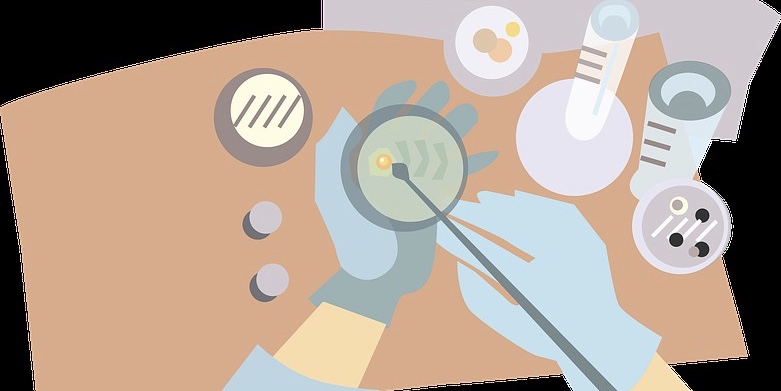R&D Tax Credit News

Capturing Research Tax Credits in Drug Development
February 26, 2019
Bringing a New Chemical Entity (NCE) to market is an extraordinarily expensive endeavor. According to a Tufts University study (and validated by many other sources) bringing an NCE to market can now cost upward of $2.5 billion…a 145% increase since 2003. As the expenses involved with NCE development escalate, companies in this industry need to maximize all sources of non-dilutive funding. One such source is the R&D tax credit. Federal and State Research Tax Credits can be a great way to help offset the costs. While established pharmaceutical companies have internal funding and consistent revenue streams, smaller research organizations are often betting on just a handful of NCEs. For biotech companies supporting the core development, opportunities exist in developing test platforms, scale-up activities, and supporting the clinical trials.
At each phase of development, from initial compound identification through testing and trials to eventual FDA approval, there is opportunity to recapture some of the expenditures. Not only are the scientists working at the bench, but the chemists and process development personnel, supplies, and outside testing costs can be included to help generate an R&D credit.
For companies that are qualified small business, having both under $5 million in gross receipts for the tax year and no receipts for before the fifth tax year before the current, the federal research credit can be accrued to offset up to $250,000 in payroll taxes. This enables companies in the initial, cash-strapped years to receive immediate benefit.
Featured Projects





